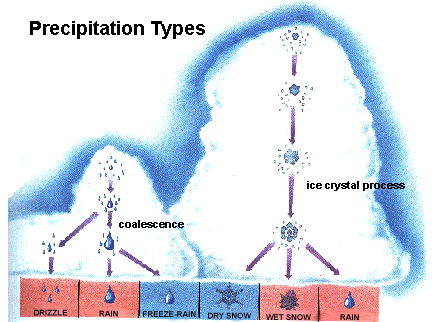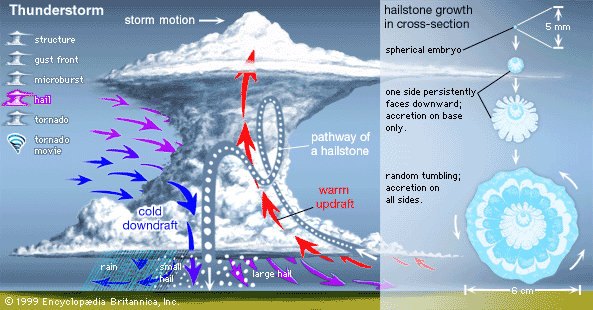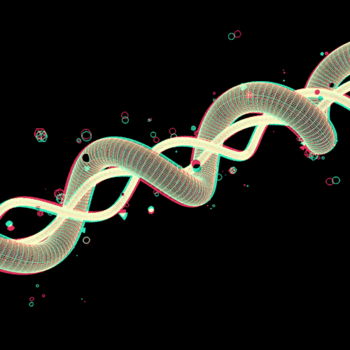What are the different types of precipitation and how do they form?
1 Answer
The different types of precipitation are ice crystals, rain (and freezing rain), snow, drizzle (and freezing drizzle), snow grains, ice pellets, snow pellets and hail.
Explanation:
When determining what the different types of precipitation are you have to look at how they form to determine if they are a different type.
Ice crystals form when the air is very cold, and are just crystals that form from water vapor directly freezing. This means that ice crystals do not form in cloud, and they are the only type of precipitation that doesn't.
Snow forms as ice crystals in cloud. These crystals then collide and adhere to each other forming snow. There is also another process called the Bergeron effect where water molecules adhere to the ice crystal, but is it a little too complicated to explain here. Anyway as the snow flake falls if it melts it turns into rain. If that rain drop falls back through a below freezing layer it first comes freezing rain (meaning it is still rain but once it hits something it will freeze) and if the temperature still drops then the rain refreezes and forms ice pellets.
Drizzle forms as liquid in low cloud (stratus), and is very small droplets. If they fall through a below freezing layer it will make freezing drizzle and if the layer is thicker it will become solid and turn into snow grains.

This diagram show some of the processes I discussed above, although it doesn't show ice pellets or snow grains.
Snow pellets are both formed the same way. In updrafts a snow core keeps going back through liquid and forms layers until it is too heavy for the updrafts to hold it up. Snow pellets are a lot smaller than hail.

These are the official types of precipitation. Often people talk about sleet. Sleet is either ice pellets or melting snow. This is why it is not an official precipitation, since it is not well defined. Essentially sleet is a slang term for wet snow or ice pellets.

